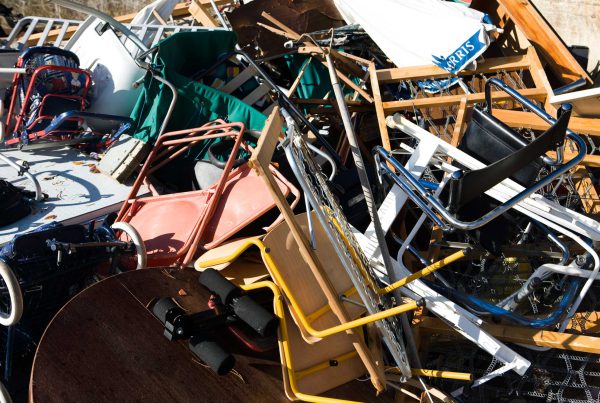Before you purchase a stand-alone deep freezer for storing your college kid’s bulk pizzas through the summer or the garden harvest you need to last through the winter, it’s important to answer a few questions about your needs:
-
What capacity should the freezer hold?
-
Do you want an upright or chest freezer?
-
How much floor space is available for the freezer?
These questions may be difficult to answer independently of each other since it’s likely that each type of deep freezer offers a non-negotiable benefit that suits your needs. For example, if space is a premium in your home, then an upright freezer may be your only choice. But if you live in an area that’s prone to power outages, then a chest freezer is the style that will keep your perishables frozen the longest.
Determine Your Freezer Capacity Needs with This Formula
You can estimate that 1 cubic foot of deep freezer space will hold about 35 pounds of food. So, if your main goal is to save cash by buying food in bulk, then you’ll want to purchase a deep freezer based on the capacity that agrees with the size of your family. To determine how much room you’ll need, multiply the number of people in your family by 2.5 cubic feet. (For example, if you have a family of 5, your capacity needs will be 5 x 2.5 = 12.5 cubic feet.) Residential deep freezers are available for storage needs as small as 5 cubic feet or up to about 25 cubic feet.
What to Know About Upright Freezers
-
Stand-alone upright freezers typically take up a 2 ½’ x 2 ½’ square of floor space, making them easy to tuck into a side room, large pantry, or small garage. (Don’t forget to add at least an inch to the freezer’s footprint measurement. The unit needs some space around each side to allow for airflow.)
-
Uprights often feature racks and shelves (similar to a refrigerator) so you can organize their contents for easy access, but you’ll trade both space and energy efficiency for that convenience.
What to Know About Chest Freezers
-
Chest freezers may take up a rectangular space that’s approximately 2’ x 6’ so you’ll probably want to hide it away in the basement or garage. (Don’t forget to add at least an inch to the freezer’s footprint measurement. The unit needs some space around each side to allow for airflow.)
-
Chests can store about 20% more than uprights because the space isn’t divided by racks or shelves. But what you’ll lose in content access, you’ll save in freezer burn and lower, more consistent temperature (energy efficiency).
If you just can’t decide which style is best, ask around! Families of a similar size to yours will probably have some good advice about which type of freezer will meet your needs.





